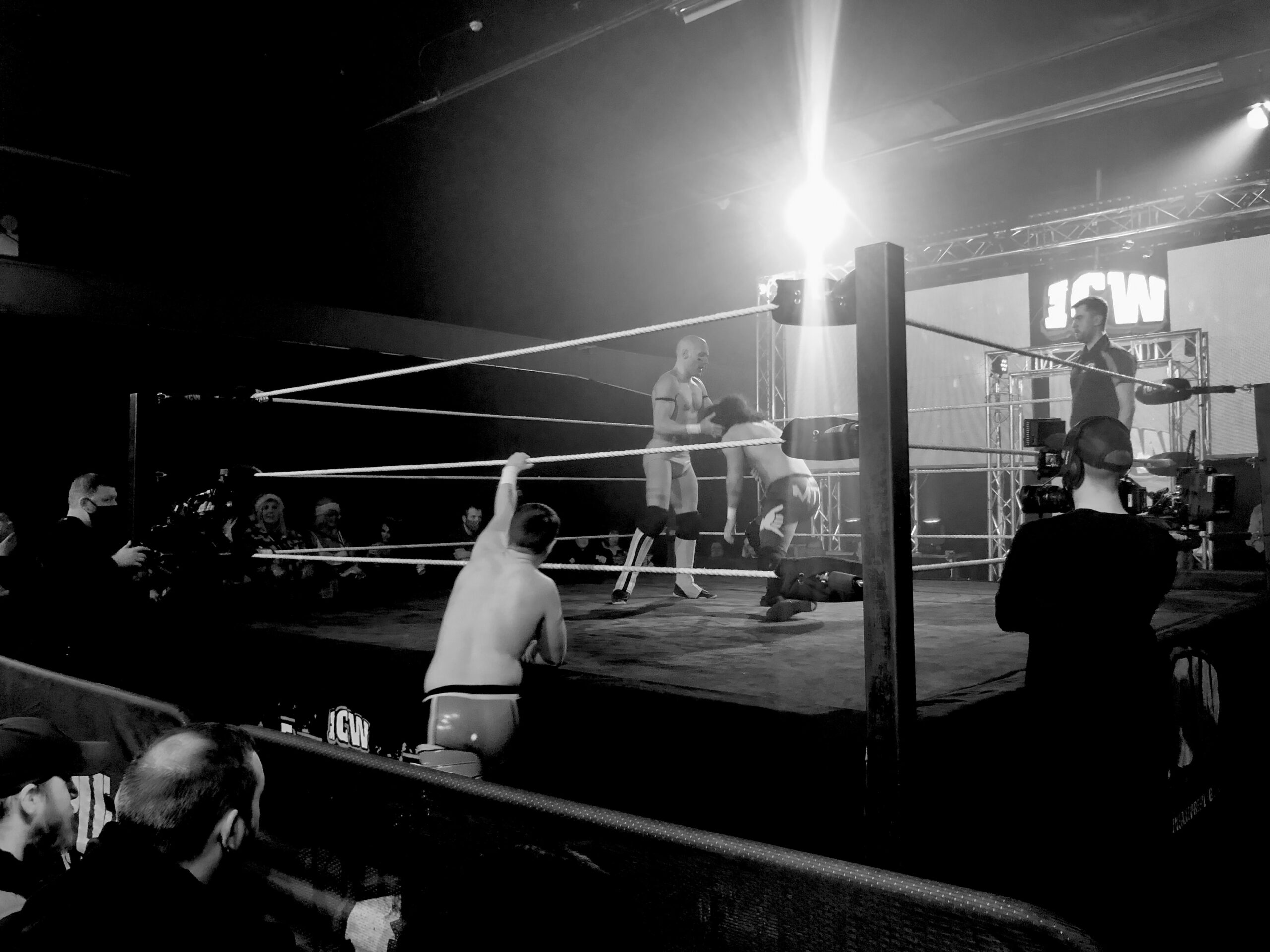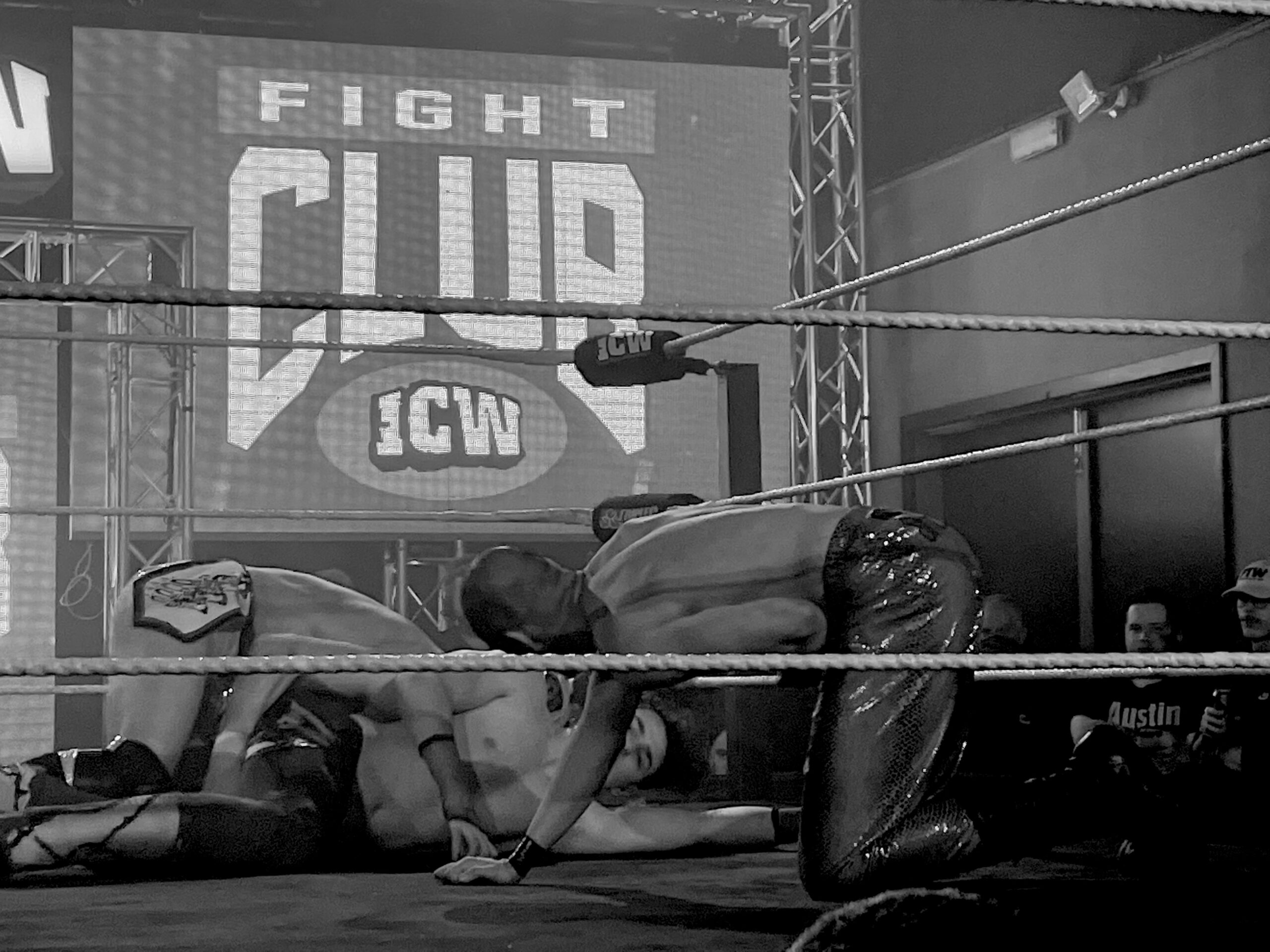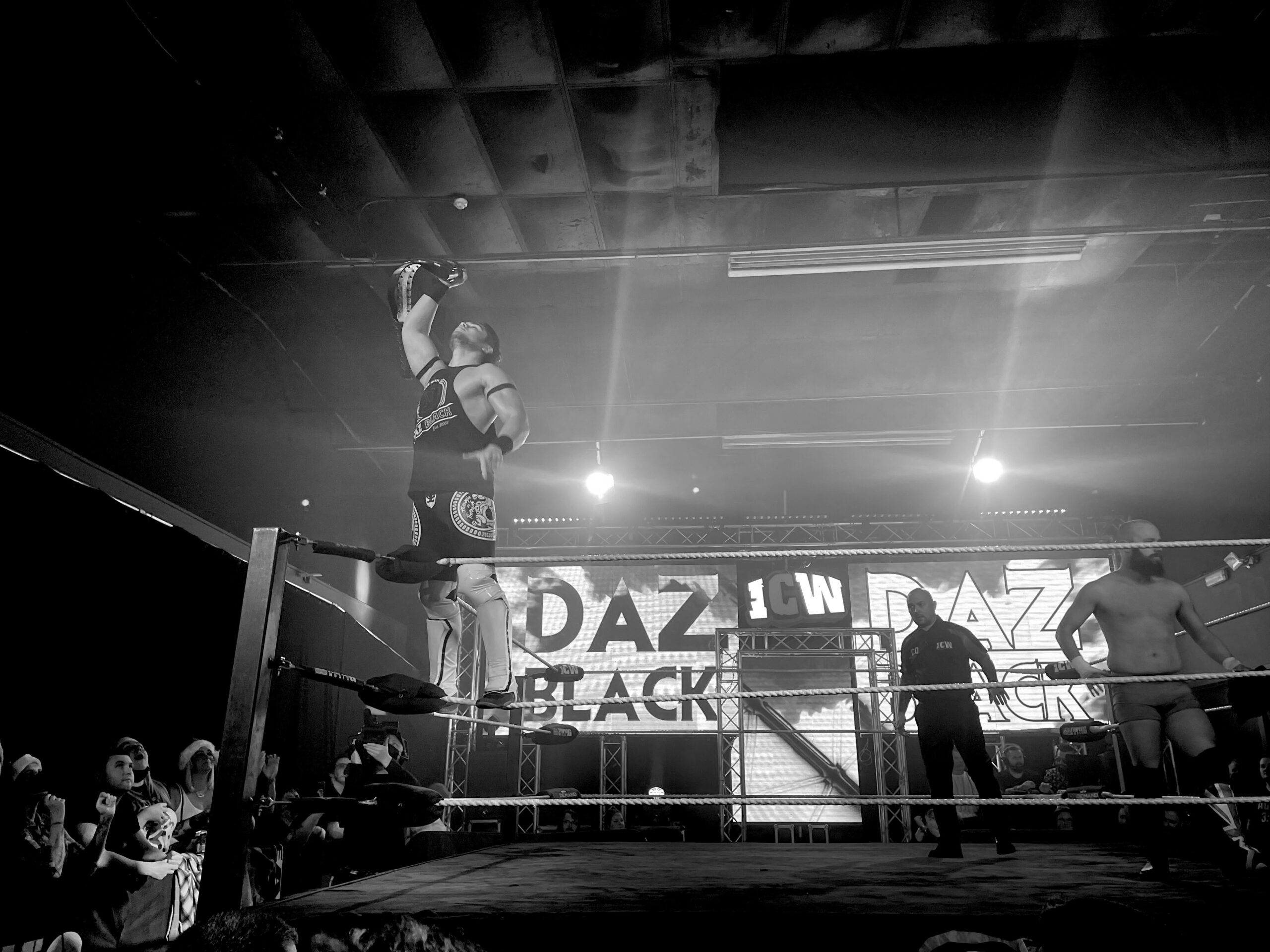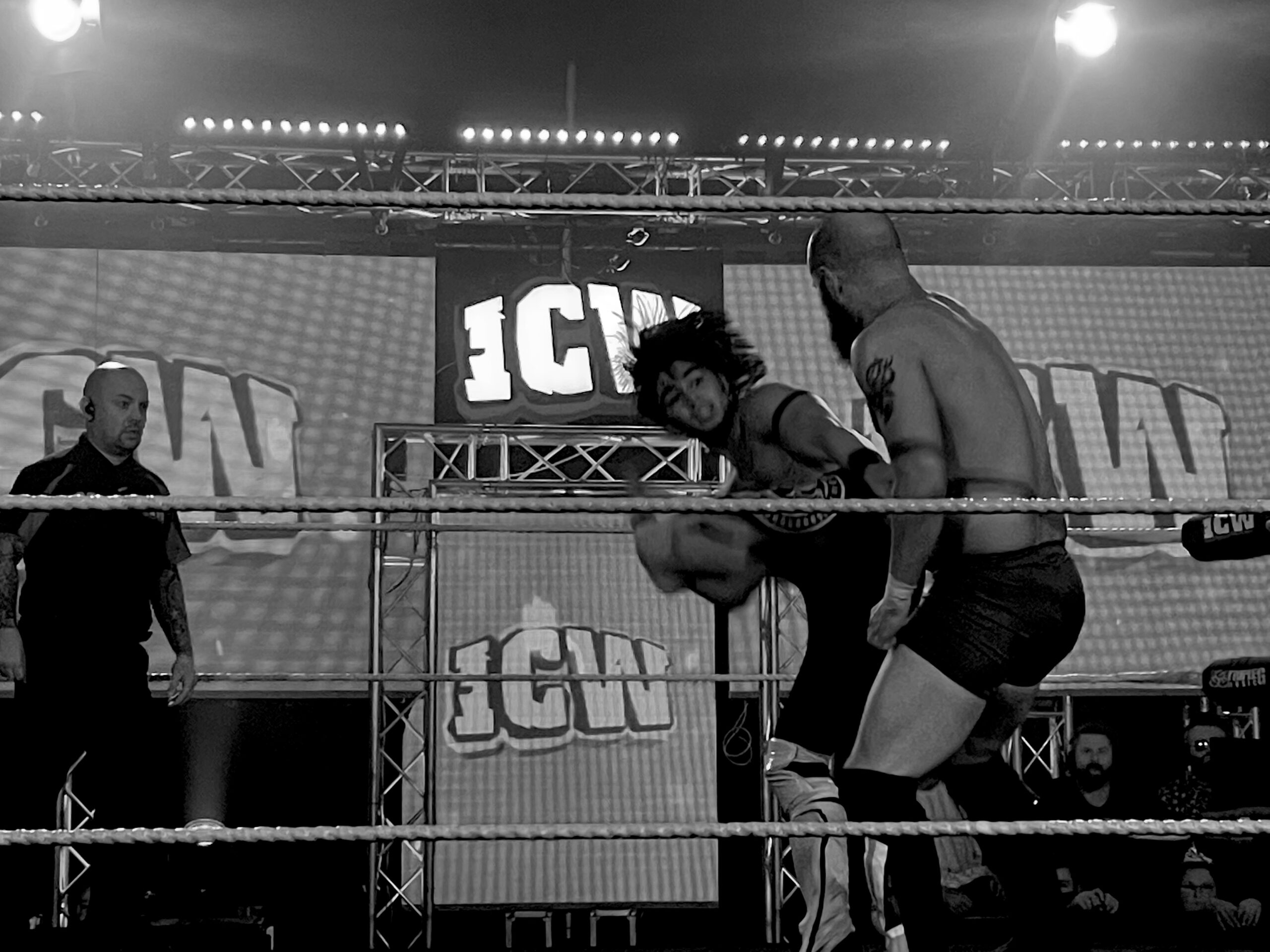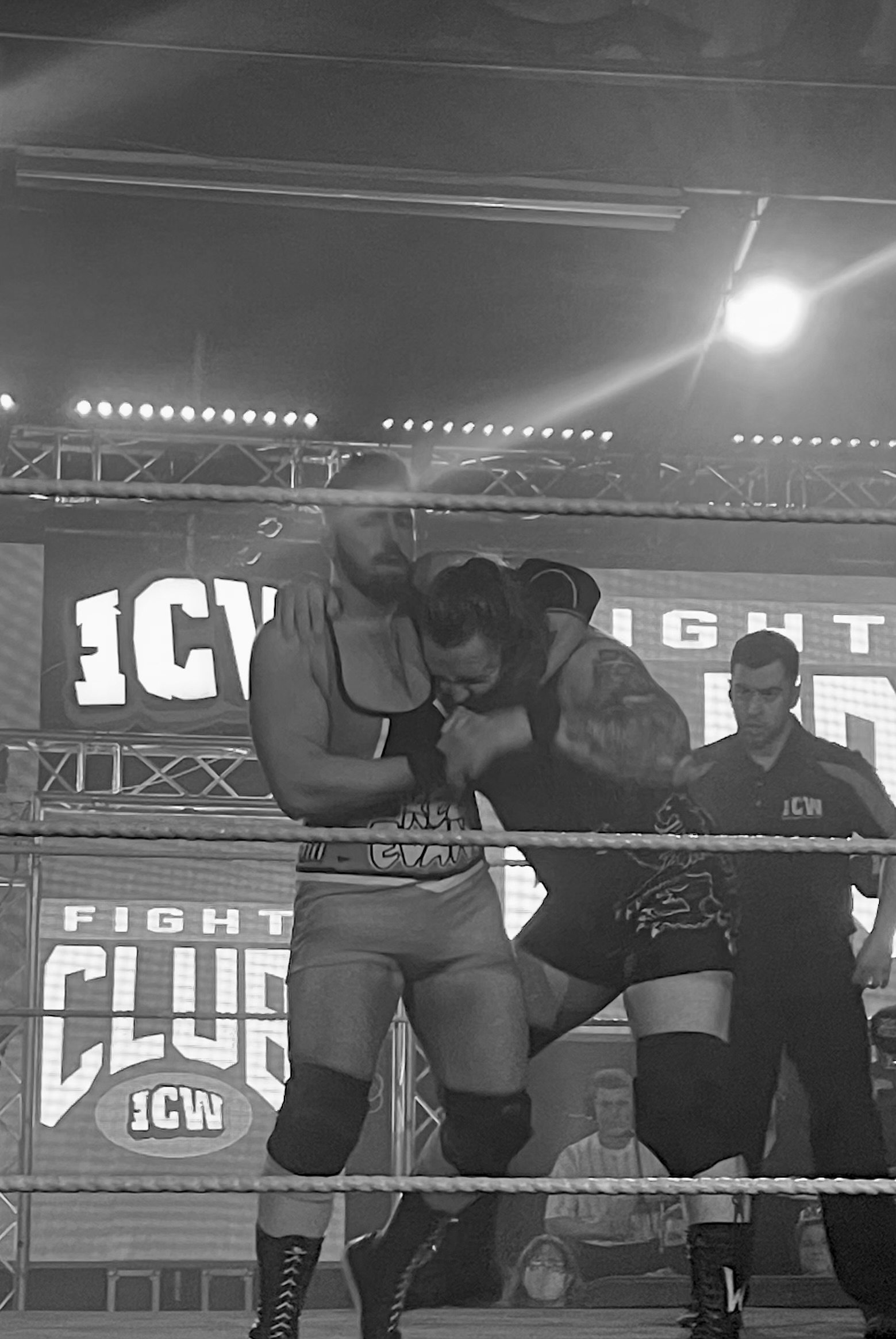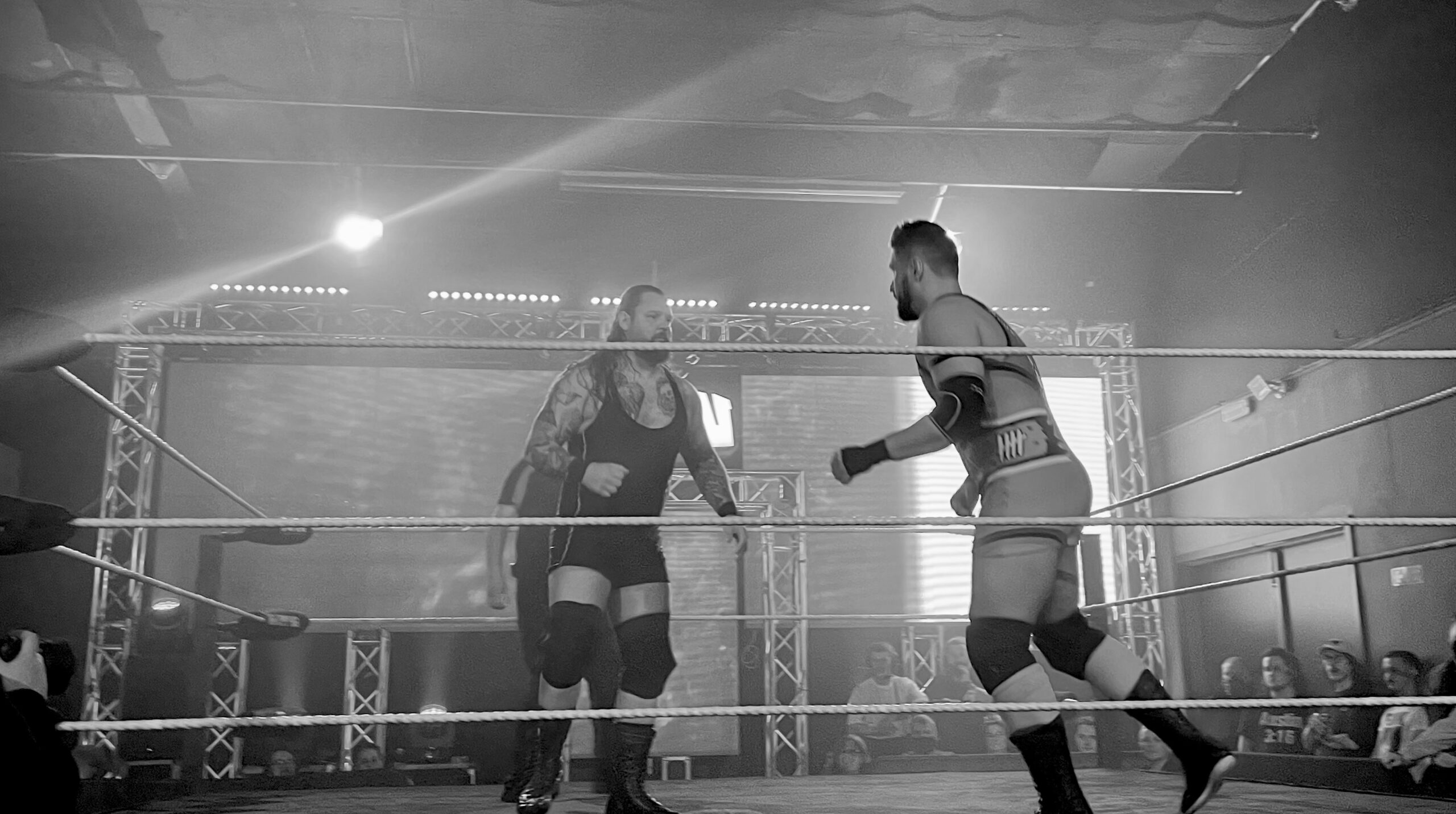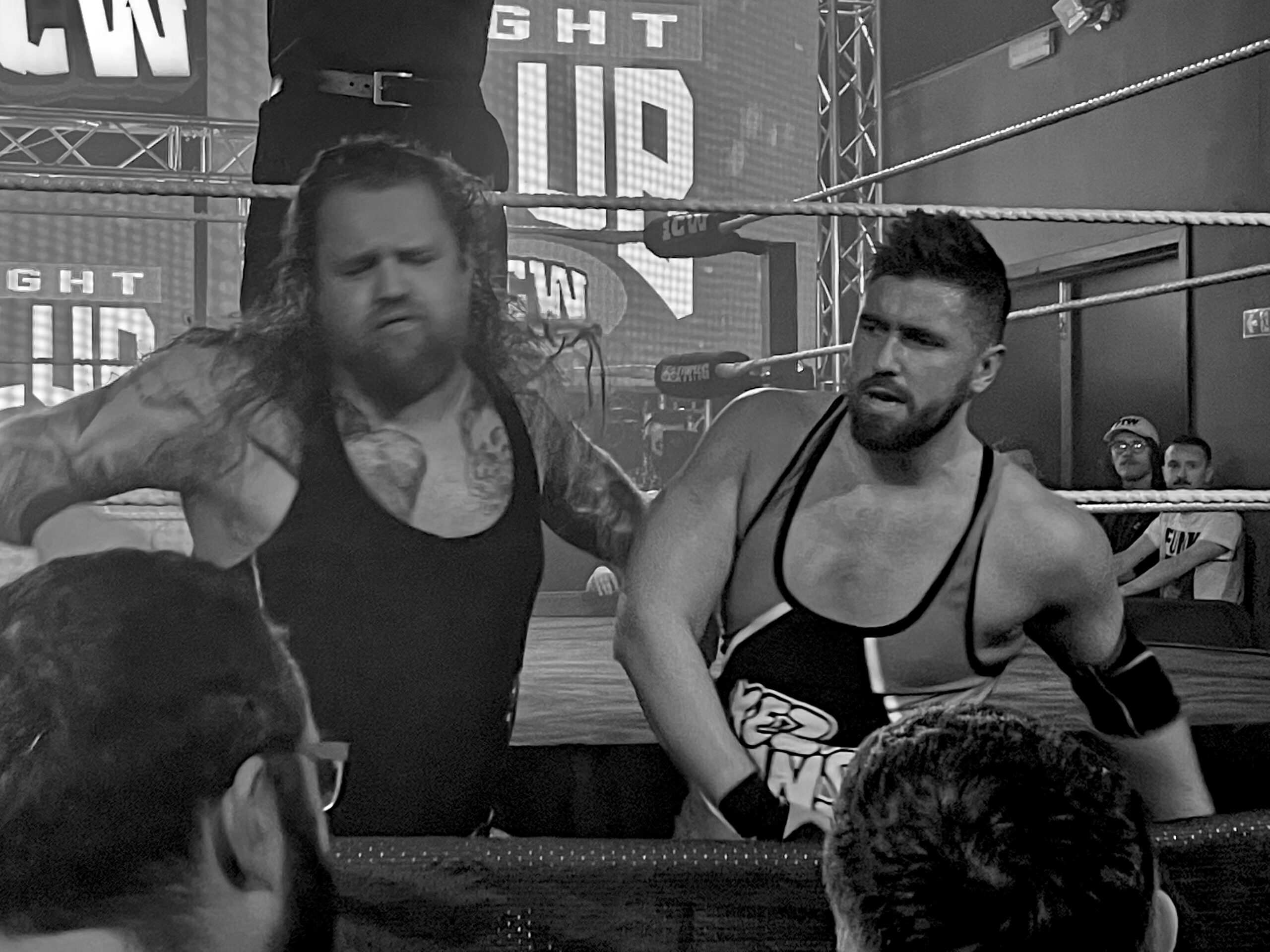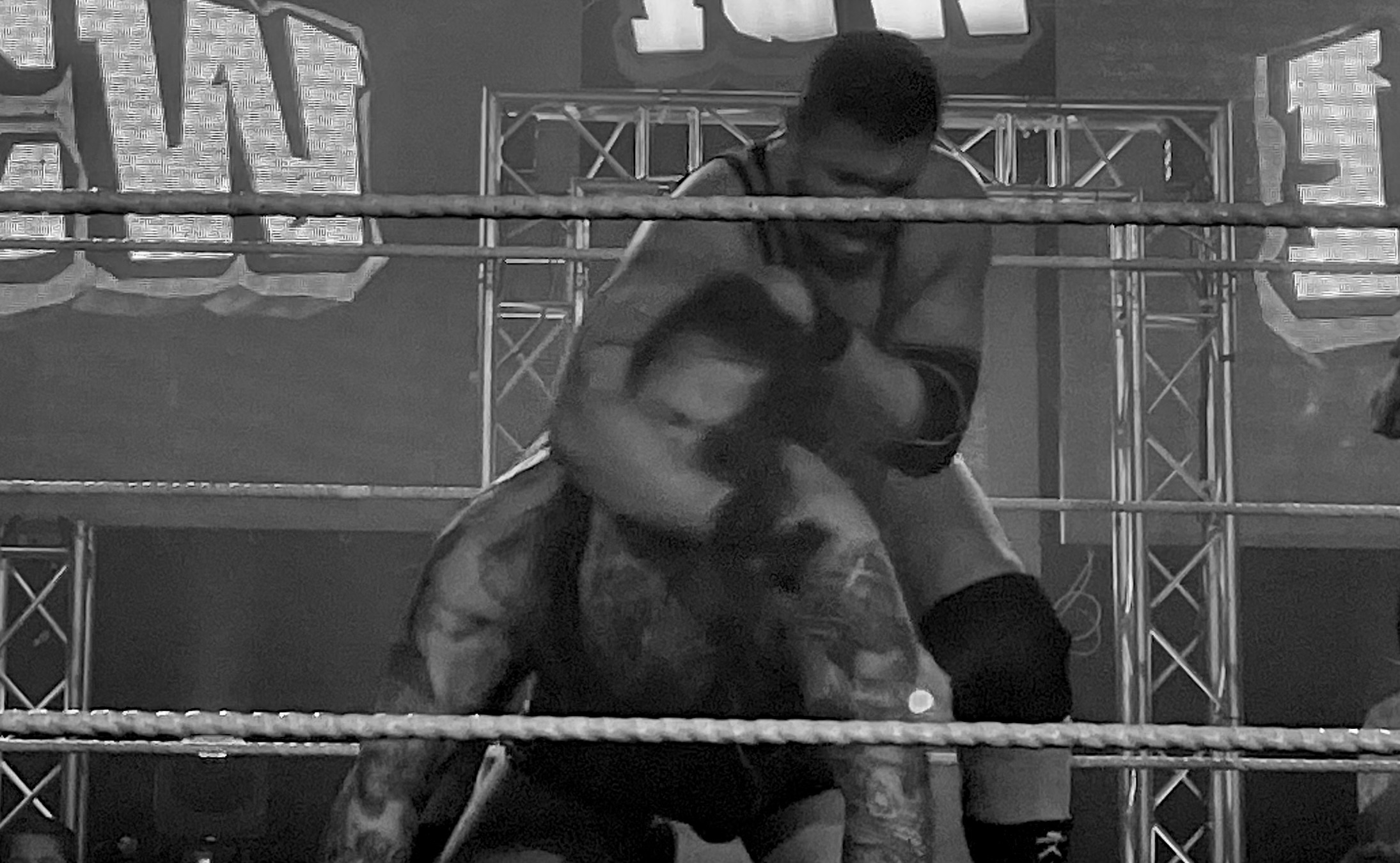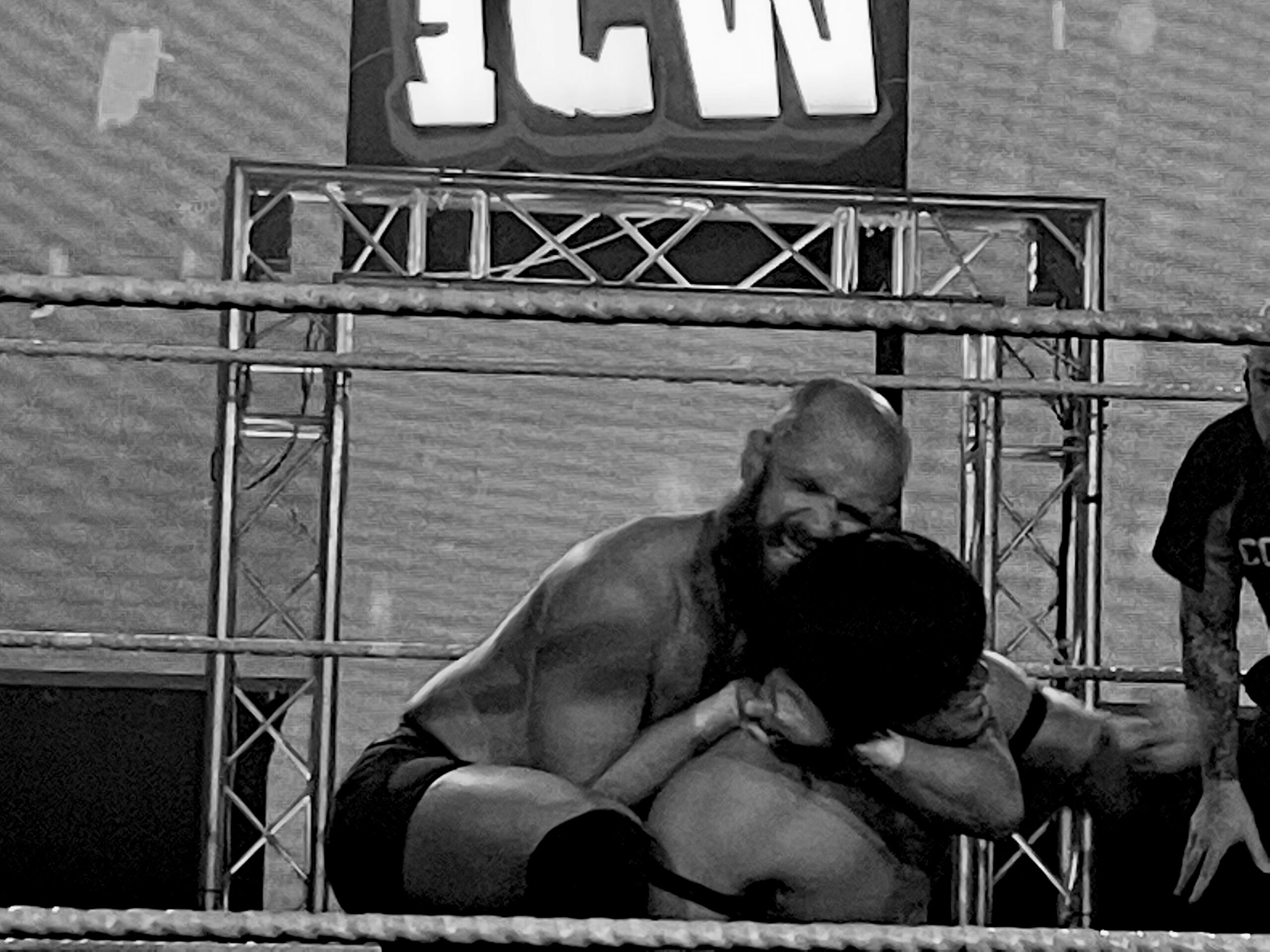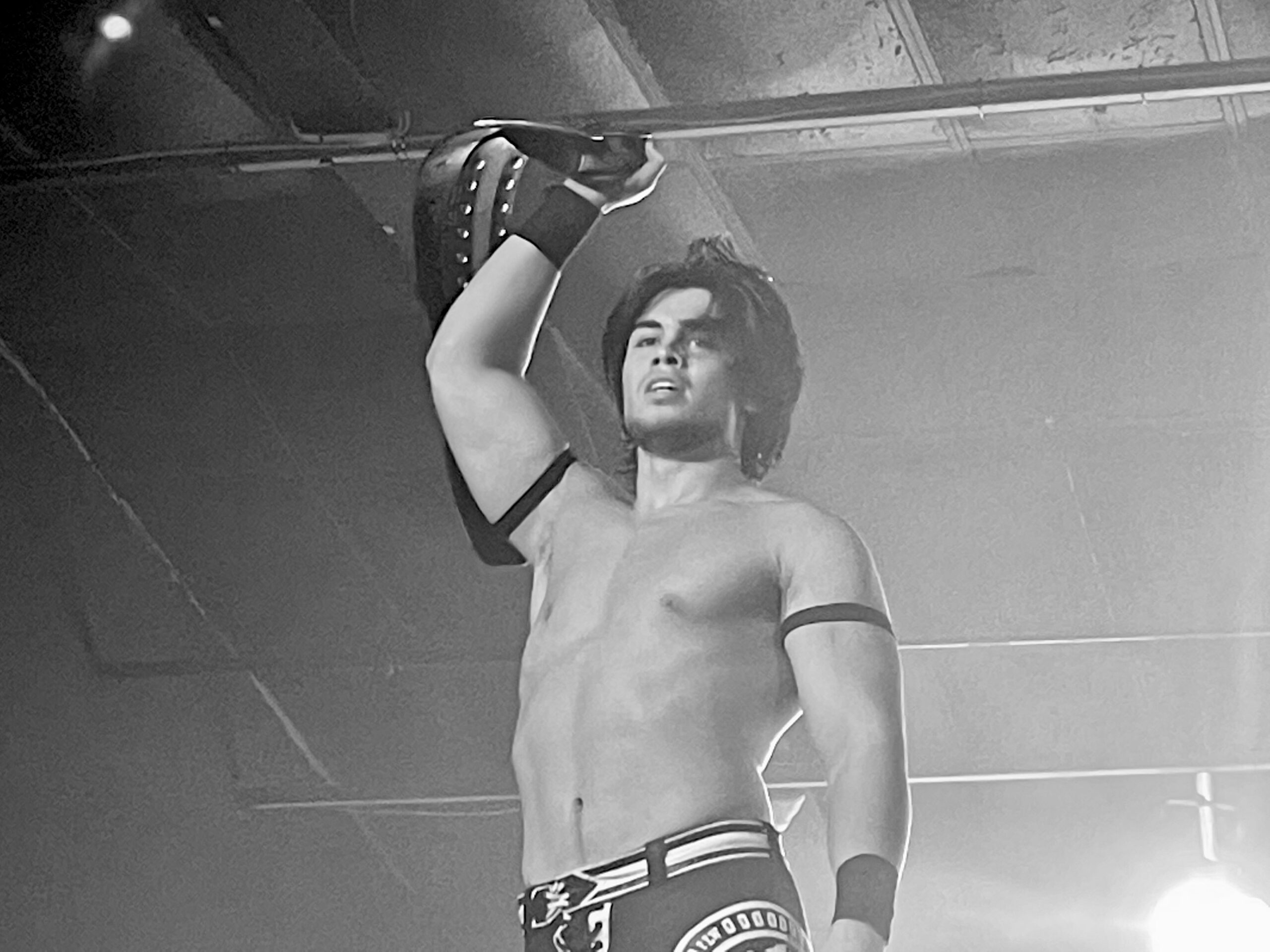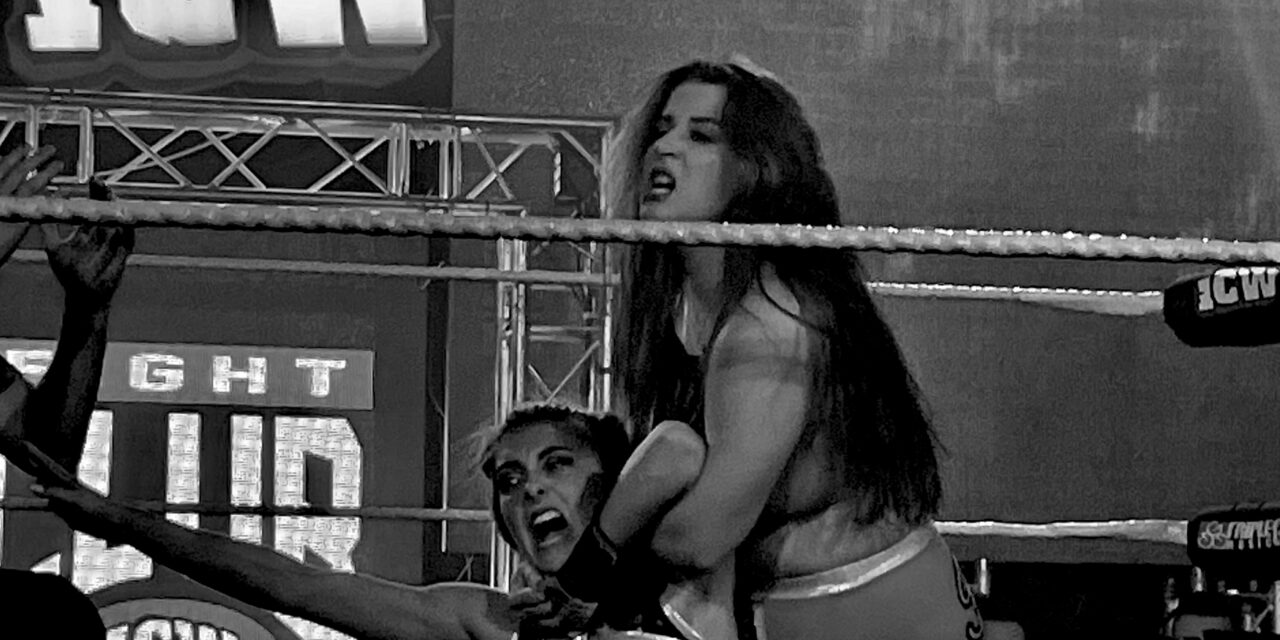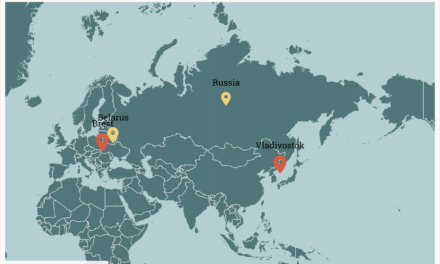The landscape of Pro Wrestling is seemingly a world full of colourful characters, heroes and villains, the stuff that kids around the world dream of. Whilst it can often be incredibly rewarding and exciting at times, there are a lot of things that are almost swept under the carpet, that the general public may not realise about Pro Wrestling. This is the fact that Wrestlers tend to have to be a specific type of person in order to make it big. They will go from working and getting beat up for next to no money, trying to get their name out there, to testing the limits of their bodies through years of punishment. Often, we hear of Wrestlers working whilst suffering from substance addiction, to working through serious injuries such as concussions. Pro Wrestling may be scripted but it comes with some very real dangers.
Whilst trying to break through as a wrestler, guys and girls will often have to travel a long distance to get involved with training. This has become less of a problem now with much more high-quality wrestling schools opening in the UK. The training that goes on at these classes are incredibly demanding. For instance, Sam Barbour, an experienced Scottish independent wrestler shared his experience of going to a Japanese style wrestling class: “For the warmup in this class, they decided we should do 10 Hindu squats for every attendant there which worked out at about 370. By about 300 my legs had just given up and it turns out both of my quads had torn open. As a result of this the protein then entered my blood stream and I was in hospital for a week. I was passing blood and I actually almost lost my legs as a result”. It just goes to show the commitment and level of fitness you need to have at the top level, if that’s the physical impacts of one of their warmups.
Not many people realise just what sort of shape you have to be in to be a pro wrestler. Sam elaborated on this a bit more: “Like it or not, Pro Wrestling is still on some level a body business. If you don’t look good, you’re not going to get signed”. To get in that required position you probably need to go to the gym about 4 times a week for pretty intense sessions. It’s a crazy schedule when you take into account it’s hard to make pro wrestling a full-time job at this level. Sam said “Right at the start I had to commit 4 nights a week to wrestling. I was so determined that I ended up missing out on so many family events that I wish I could have been there for but the opportunities were so rare.” This is another thing that many may not realise. Quite often many of the wrestlers outside of WWE and AEW (the two main wrestling companies in the world, both US based), and most of the ones working in the UK will have another job. It can be hard to make a full time living, Sam said “I would hate to work out how much I have spent versus how much I have made from wrestling. For instance, the last ring gear I bought was £180 but the last show that I performed at I was paid £30. It’s really only once you make it to a certain level that you make good money from wrestling, but these are the sacrifices you have to make”. Sam is a good example in that he has a job outside of wrestling. Sam said that recently he has taken a step back from wrestling partly due to the pandemic and also just seemingly fallen out of love with it recently.
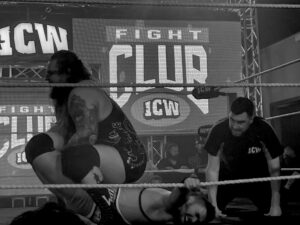
Concussions and other serious injuries that quite often plague wrestlers are a common occurrence in the field. I spoke with Dr. Richard Hardie, a neurologist who has previously worked with the England Rugby team. He explained one of the most common issues with concussions in high level athletes “the keen athletes who perhaps want to be involved in say a cup match the following week, will often not disclose their injury. That’s the issue with these types of things, as brain injuries are a hidden injury. A lot of the symptoms are impairments that can be hidden by the injured person”. This is a common occurrence in wrestling. Many wrestlers who are at the top level will often hide their concussions or other injuries, out of fear that they will lose their spot. There have been several famous examples of wrestlers with severe concussion issues. Most notably Canadian icon Brett “the Hitman” Hart’s career ending after a severe concussion, Daniel Bryan, who has since returned but was forced into retirement a few years ago and Katsuyori Shibata, a Japanese wrestler who’s career was ended after a sickening headbutt that caused a subdural hematoma. These were all horrible instances, however the scariest example would be one most wrestling fans will be aware of and that is Chris Benoit. Chris Benoit was one of the WWE’s biggest stars at the time of his death, which occurred in the horrible circumstances in which he murdered his wife Nancy and his son Daniel, before taking his own life. Although there is no excuse for this act, there is something that I feel cannot be discredited as a contributing factor. When the autopsy was completed, they found that Benoit’s brain was in a condition comparable to an 80-year-old Alzheimer’s patients would be in. This is something that is incredibly scary for a man who had just turned 40. Multiple concussions are something that many wrestlers will have to deal with in their career. Sam explained he received a concussion very early into his training and still has issues to this day. However, this again is a sacrifice they have to make. The high-risk moves are often the most impressive, and no matter how safe you are, stuff can go wrong. The best they can do is try and be careful.
Suicide and mental health issues are something that is unfortunately a prevalent factor in wrestling. For instance, the previously mentioned Chris Benoit, Chris Kanyon who took his own life after battling with issues that stemmed from struggles with his sexuality, and even just recently AEWs Jon Moxley, one of the most prominent wrestlers in the world, had to check himself into rehab after battling addiction. Ian Skinner, a young talented wrestler based in the UK spoke on what the UK promotions are doing in order to help the wrestlers performing at their shows. “There seems to be much more awareness in the industry around mental health. It’s difficult because say I was struggling with a pain killer addiction, I could show up to matches and then pack my bags, leave and no one would be any the wiser. However, some stuff that’s a bit more noticeable like alcohol or hard drugs, some companies have safeguarding protocols where they are consequences and investigations if anyone is caught or reported to be doing anything like that. I would definitely say the culture towards these sorts of things have changed for the better, but there is always going to people that fall through the cracks and we won’t realise until the final hour.”
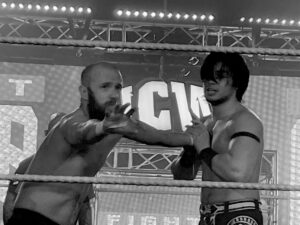
One thing that is shocking when you do look at the numbers is when you see the number of wrestlers that die before the age of 50. There is a website called “The Ten Bell Salute” which shows the numbers of wrestlers who have passed and it’s incredibly shocking reading. The fact this website exists goes to prove that this is an unnatural phenomenon. This of course could be down to a variety of reasons, there have been a number of suicides and tragic accidents which are of course horrible things. However there also a huge number that could be linked to the rock and roll lifestyle of wrestlers in the 80s and 90s. Ian summed this up brilliantly when he described the life of a wrestler that gets caught up on this feels like “what American footballers go through on a physical basis and what musicians go through on a cultural basis”. Substance abuse was common and quite often this came about as a result of the punishment they were putting their bodies through. And then even just the physical impacts of their injuries mounting up could not have helped. What I hope for guys and girls like Sam and Ian and the rest of the next generation of wrestlers is that they not only wow crowds and put on the best matches possible, but they look after themselves whilst doing so.
